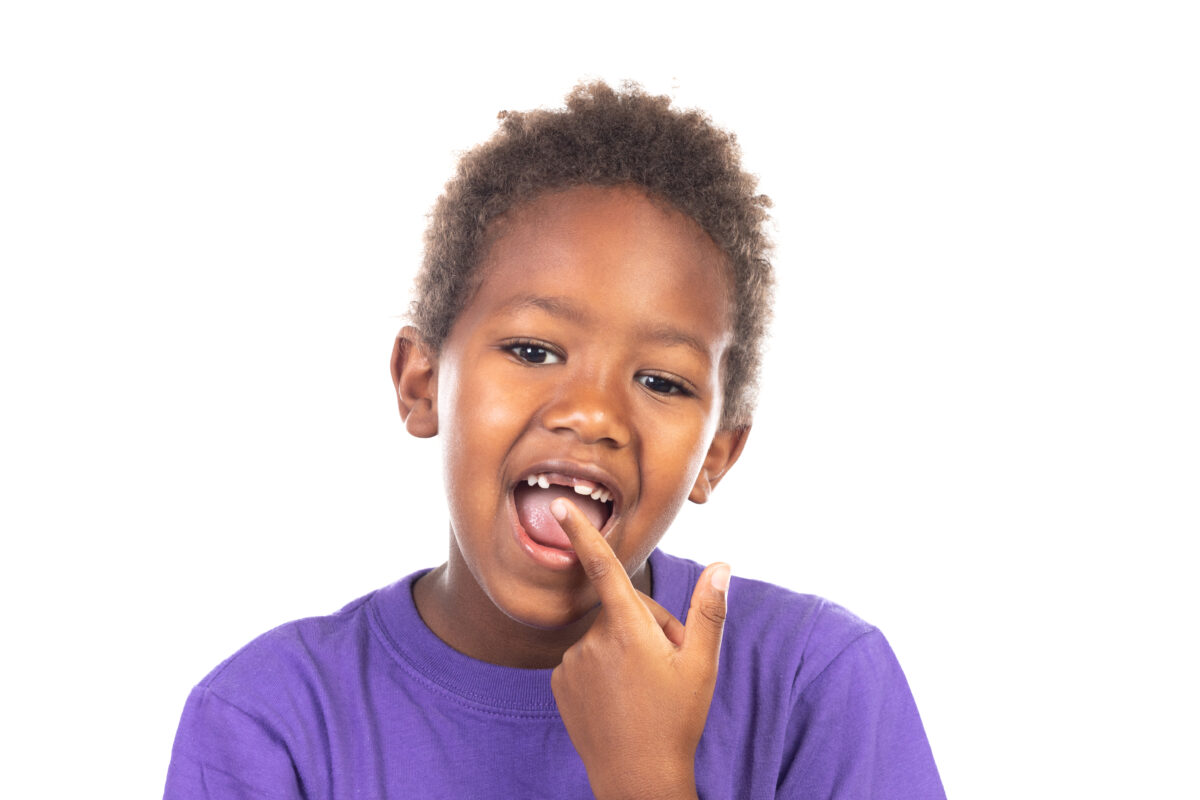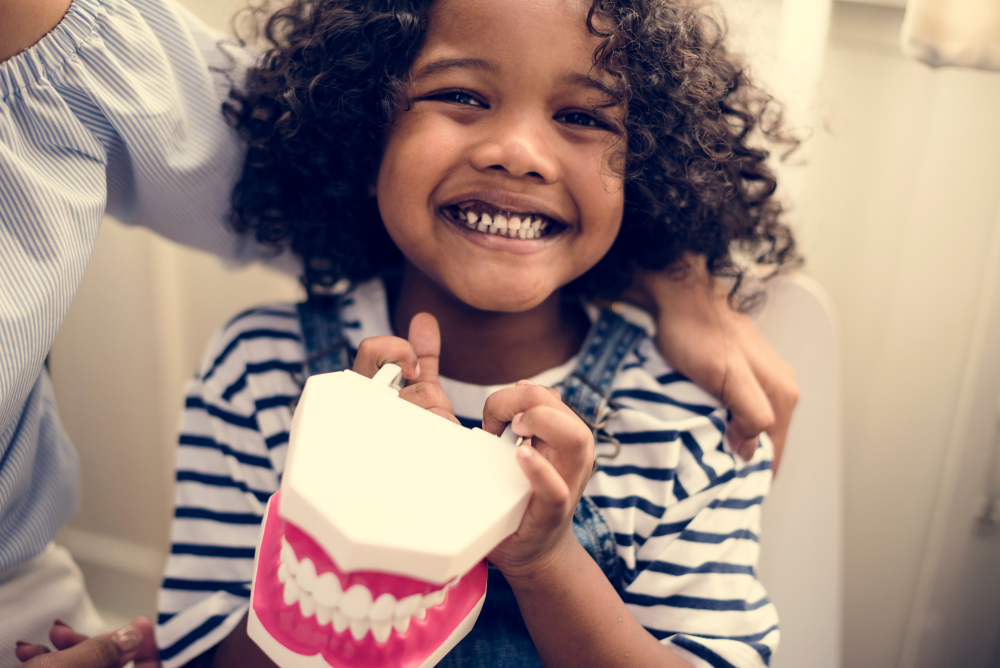Traumatic dental injuries and broken teeth in children are no news because children love to play with reckless abandon.
It can be heart-breaking to see your child break a tooth. When this happens, you should see a dentist, we shared below some tips for your dental visit.
To save the tooth, it’s very important that you know how to respond before you get to the dentist, read that article here.
HANDLING TRAUMATIC DENTAL INJURIES IN CHILDREN
Traumatic dental injuries are very common and about one-half of all children will suffer a tooth injury.
Tooth injuries result from falls, road traffic accidents, sports, violence and child abuse.
The treatment for every case depends on various factors.
The most commonly affected teeth are the upper front teeth, which are affected in half of the cases.

TIPS FOR YOUR VISIT TO THE DENTIST
The dentist will introduce themselves to you.
He /she will take your child’s personal, medical and dental history.
The dentist will ask where, when and how the injury occurred.
The dentist will also examine the site of injury and check for other possible injuries.
He /she will take a radiograph of the injury site.
He /she will also take photographs of your child’s face and mouth.
The dentist may also ask your child to receive a booster dose of tetanus vaccine, only if it has been observed that your child had previously received the vaccine but is not up to date with immunization.
If your child has never received any vaccines in the past, your dentist will administer anti-tetanus serum.
Your dentist will also perform tests to assess if the tooth is still vital.
If there was an injury to the soft tissues of the mouth, your dentist will clean the area and remove any foreign objects.
Antibiotics may also be prescribed for your child.
There are different treatment options depending on various factors.
The treatment options include:
- Fluoride treatment and composite restoration.
This is done if only the enamel and dentine layers of the tooth are affected.
The tooth fragment may also be reattached in some cases.
- Pulp capping
This is done if the vital part of the tooth (the pulp) suffered a small exposure and if the treatment is done immediately after the injury.
- Replantation of a tooth that fell out completely.
The success of this treatment requires that the tooth is handled well after it falls out and brought to the clinic within one hour of the tooth falling out.
On handling: The tooth must be held by the crown and placed in a Ziploc bag or cup, filled with saliva or milk.
Replantation is only done if the tooth affected is a permanent tooth.
This is usually done after a replantation or if the tooth became non-vital as a result of the injury. (Done with only the permanent teeth).
- Extraction
If the injury caused the fracture of the root of a milk tooth, it is usually extracted.
The treatments may also include other procedures like pulpotomy, apexification and orthodontic procedures.

POST-PROCEDURE CHECKLIST
- Inform the dentist of any concerns you may have
- Book your next appointment before you leave the clinic.
Follow-up appointments are very important in such cases. - Follow the post – procedure instructions provided
- Maintain good oral hygiene, ensure your child brushes his/ her teeth and gums at least twice daily.
- You may be asked to give your child only soft foods for a period.
FAQ
All hope is not lost. Your child can be given a removable partial denture until he is much older. When he is much older, he can get a dental implant.
For all your dental needs, we deliver excellence with integrity.

